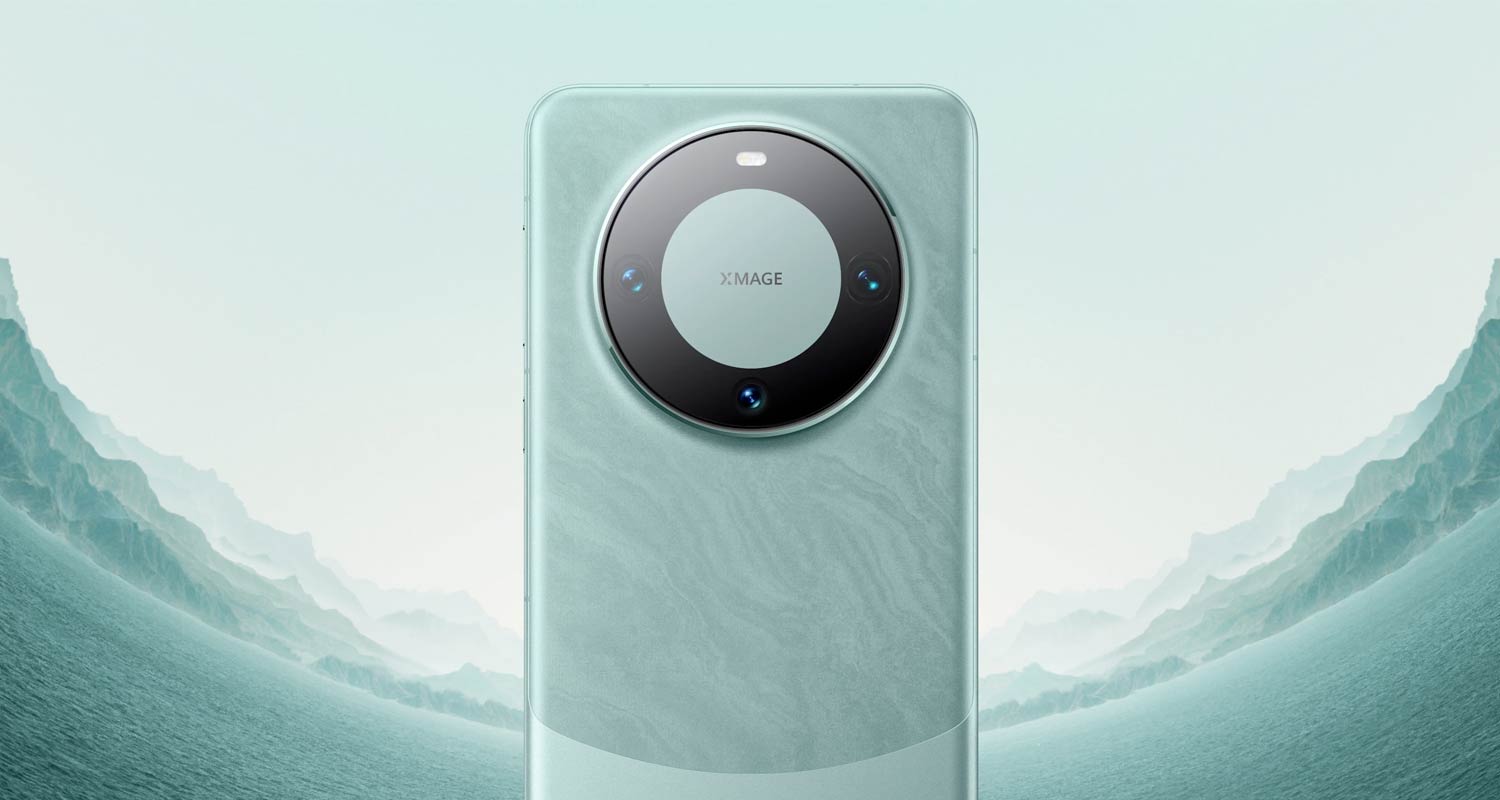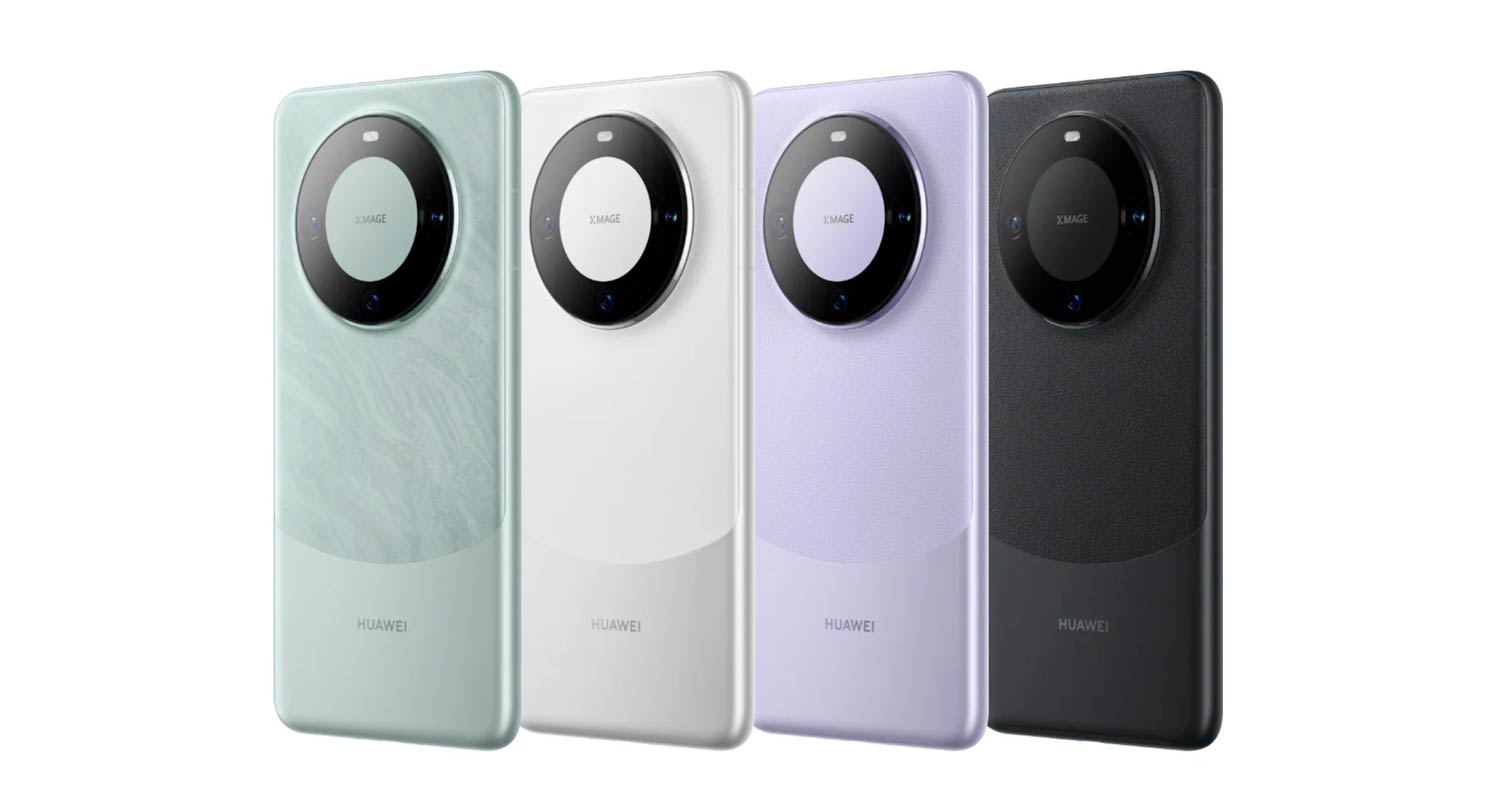 There is growing evidence that Apple’s latest iPhone is falling shy of its predecessor in China, suggesting a setback for the world’s most valuable company in its most important overseas market.
There is growing evidence that Apple’s latest iPhone is falling shy of its predecessor in China, suggesting a setback for the world’s most valuable company in its most important overseas market.
The iPhone 15 series saw a 6% decline in sales in its launch month compared with the prior year, according to data from market researcher GfK that covers end-consumer sales for all channels. Mobile industry tracker IDC estimates Apple’s shipments were down 4% in the third quarter, with both identifying Huawei Technologies’ return to the mobile arena spotlight as a key event in the period.
Huawei’s Mate60 series recorded sales of close to 1.5 million in its launch month, more than doubling from a year ago, GfK said, despite facing supply constraints.
“Against the backdrop of the strong growth of Huawei, Apple iPhone 15 series registered a 6% decline in sales,” said Hayden Hou, China senior analyst at GfK. “Huawei Mate60 series will continue to maintain its strong sales momentum going forward.”
Shenzhen-based Huawei abruptly released its Mate60 and Mate60 Pro smartphones in the weeks leading up to the latest iPhone’s launch, drawing buyers and attention with its made-in-China Kirin processor, an apparent breakthrough in its fight to overcome US trade sanctions.
Counterpoint Research and Jefferies analysts released preliminary sales figures for China earlier this month, indicating the slump for Apple could be as big as a double-digit percentage as the country’s economic challenges hit consumer demand. With the iPhone 15, Apple upgraded several key features of its line-up, but has not been able to stir growth in the world’s biggest mobile market.
Rising tensions
Apple gets about 20% of its revenue from China, second only to the US. In addition, virtually all of the world’s iPhones are manufactured in China, through partners such as Foxconn Technology Group.
But rising tensions between the US and China have put Apple in a precarious spot. Beijing, for example, is expanding a ban on the use of iPhones in certain departments of government-backed agencies and state-owned enterprises.
The US company has also been exploring ways to reduce its reliance on Chinese manufacturing by expanding production into India and Southeast Asia, with uncertain longer-term ramifications. This month, Beijing launched a probe into taxes and land use at Foxconn, Apple’s most important iPhone assembler, further muddying the waters in China.
 In the latest IDC report, local brands Honor and Oppo took the top two spots in China in the past quarter. Honor, which was spun off as an independent business from Huawei in 2020, introduced several foldable models in recent weeks, focusing on the segment of the smartphone market that is still showing robust growth. — Jinshan Hong and Vlad Savov, (c) 2023 Bloomberg LP
In the latest IDC report, local brands Honor and Oppo took the top two spots in China in the past quarter. Honor, which was spun off as an independent business from Huawei in 2020, introduced several foldable models in recent weeks, focusing on the segment of the smartphone market that is still showing robust growth. — Jinshan Hong and Vlad Savov, (c) 2023 Bloomberg LP




